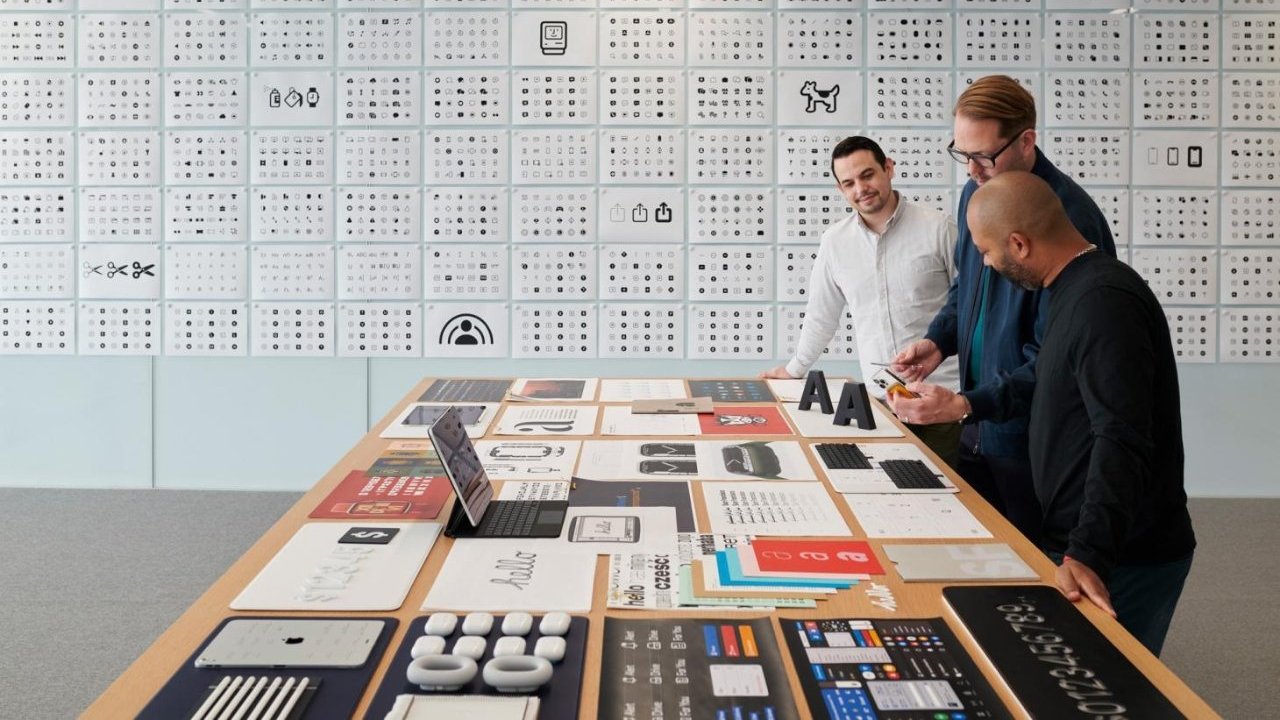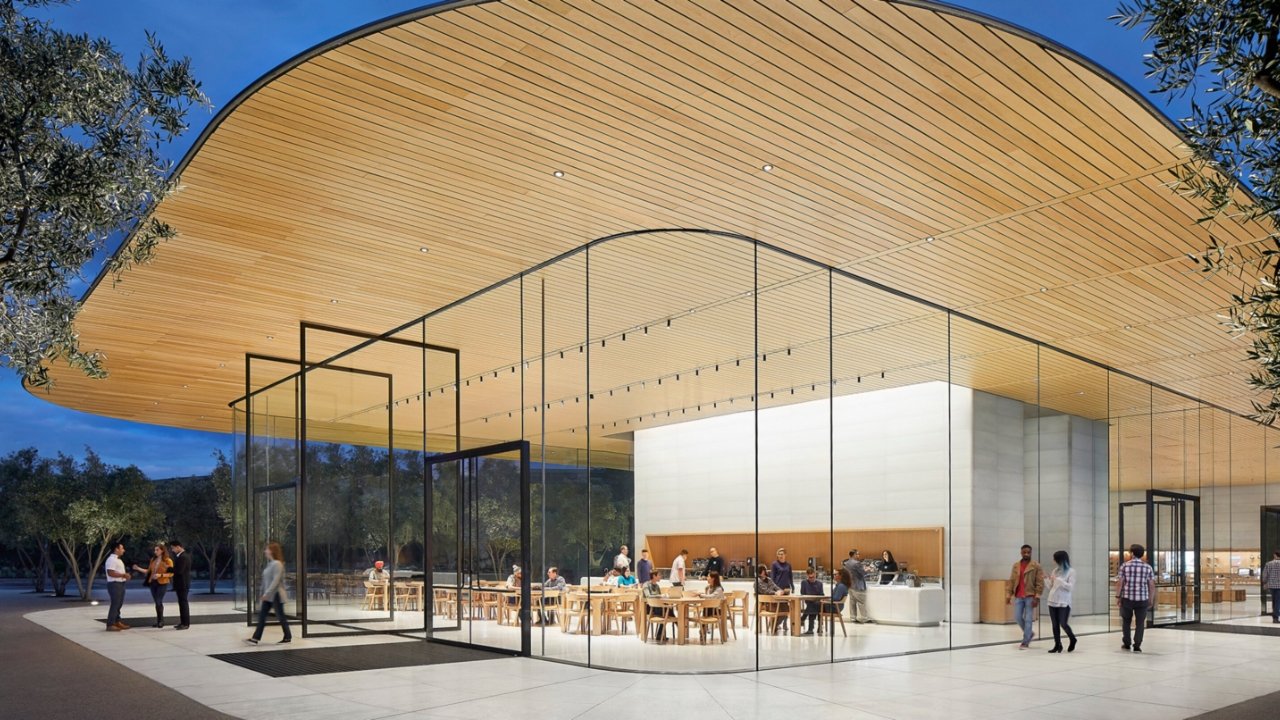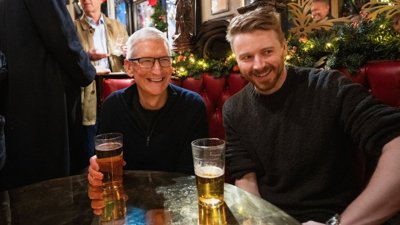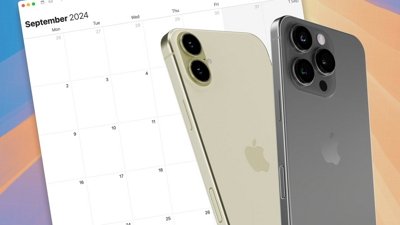Apple calls Cupertino, California home, and its main headquarters had been located at 1 Infinite Loop since 1993. In 2017, the company finished construction and officially moved its employees into the massive "spaceship" campus, called The Ring, located at One Apple Park Way.
The campus is surrounded by grass and trees, has an orchard in the center of the ring, and contains energy and design innovations throughout. Apple Park is the beacon of creativity and unity meant to drive Apple into the future.
Life at Apple's new campus was short-lived, however, since the COVID-19 pandemic drove most employees to work from home. Despite being able to hold thousands of employees, only a tiny fraction were able to work on-site from March 2020.
After multiple delays due to the pandemic, Apple was finally able to begin bringing employees back to its campus in April 2022. The move back was slow and highly contested by several employees who wished to work from home, but Apple won out in the end.
Early Development and Construction
The late CEO and co-founder Steve Jobs saw the rapid growth of the company and knew its current campus couldn't last. So, Apple purchased land formerly owned by Hewlett-Packard, a company important to Jobs' history as he worked there as a summer intern.
Steve Jobs personally presented an ambitious plan to the Cupertino City Council for building one of the largest office buildings in the world.
Apple met many of its initial goals within its first presentation of the campus, although it took two years longer and went well over cost estimates. Sadly, Steve Jobs died only a few months after that meeting, and it is known as one of his last public appearances. The campus theater is named after him in remembrance.
In 2014, Apple began the initial tear-down of the old Hewlett-Packard buildings and broke ground. The project took a little over three years to get finalized and ready for the employee move-in.
Throughout the construction process, Apple faced several challenges from buying up all the available trees to city taxes coming into question.
Final Design and Jony Ive
Jony Ive was the Chief Design Officer at Apple, and he has since left the company to start his own design firm. While Apple Park was under construction, Ive stepped away from leading the product design team to take a more personal interest in the construction and design of the new campus.
Ive worked closely with the design firm Foster+Partners on this massive undertaking. His design influences are seen throughout the campus, and he speaks of Apple Park in this interview with Wallpaper* magazine.
"As a design team our goal has been, in some ways, to get design out of the way," Ive said. "We try to define a solution that seems so inevitable that it does recede." He stated this referring to the philosophy that is behind everything Apple designs.
Even the stairs received such scrutiny. "There are so many connections between floors," he continued. "There are light wells that go all the way down. You have visual connections to the floors and connections by the stairs."
When discussing the building's flexibility, Ive states, "Our building is very configurable and you can very quickly create large open spaces or you can configure lots of smaller private offices. The building will change and it will evolve."
The idea that the building could change as Apple changes was the driving factor behind much of the design.
The Ring
Shaped like a large flying saucer of sorts, Apple calls the main campus building The Ring. This massive building features 800 45-foot-tall rounded glass panels that connect all the way around the four-story structure. Some of these panels function as large sliding doors, allowing for the interior to be exposed to the outdoors during nice weather.
The Ring uses base isolation to protect against earthquakes. The isolation system consists of 692 large steel saucers located two stories underground. This system is a modified version of Japan's and will protect the campus from all but the most severe earthquakes.
The Ring's interior hosts large rooms with glass walls and entryways, including wide-open spaces that can be collapsed into smaller sections as needed. The Ring is divided into eight identical segments and surrounded by a hallway roughly three-quarters of a mile around.
The Ring uses natural ventilation to aid in making it the greenest office building in the world, requiring no heating or cooling for nine months out of the year. To further its green initiatives, Apple partnered with First Solar to provide 130MW of clean energy to the campus and surrounding buildings.
Design rules the campus from top to bottom and will influence the company moving forward. Many consider Apple Park to be an Apple product designed by Jony Ive, his crown jewel before exiting the company and gift to his departed friend Steve Jobs.
Other structures at Apple Park
Steve Jobs Theater
The Steve Jobs Theater is a 165-foot diameter circular glass building without visible supports. The carbon-fiber roof is the largest in the world, weighing 80 tons. Underneath the glass structure, underground, is an auditorium seating 1,000 people. The theater won the 'Structural Artistry' award in 2018.
Apple intended the theater for product reveals and events, but that intention was short-lived due to the pandemic. With the company moving to a more online event style, it seems the theater will be used for pre-recorded event showings rather than a live stage.
Visitors' Center
The Apple Park Visitor Center overlooks the campus and is divided into four sections: a 10,000-square-foot Apple Store, a 2,000-square-foot cafe, an observation deck, and an area for an AR experience. The augmented reality area is a scale model of Apple Park that lets you view the campus via an iPad using AR software.
This is the only publicly accessible area of Apple Park. Apple sells limited-edition t-shirts and other merchandise at this store.
Glendenning Barn
The Glendenning Barn is a historical landmark moved and restored by Apple during Apple Park's construction. It was originally a part of the farmland that housed apricot, prune, and cherry orchards.
It is now used for simply storing groundskeeping tools but still stands as a symbol of community and innovation at Apple Park.
Virtual Keynotes
The Apple Park campus was meant to be the ultimate workspace for its thousands of employees. It was also meant to be a marvel that visitors could enjoy when conducting work or traveling for keynotes. The COVID-19 pandemic made this impossible for months, but Apple made due.
Starting with WWDC 2020, Apple held virtual conferences instead of inviting thousands of people to its campus. This allowed the company to expand its reach to more developers and consumers with highly-produced videos rather than a stage performance.
Apple invited people to participate in an in-person WWDC event in June 2022. A pre-recorded keynote was shown to viewers outdoors via a projector set up outside the cafeteria, then developers were able to interact with employees and visit the newly opened Developer Center.
This mixed in-person and online style will likely be used for events going forward. They give Apple greater control over product presentation while keeping the campus open for events.
The iPhone 14 lineup was revealed at an in-person Apple event held in the Steve Jobs Theater at Apple Park in September 2022. A pre-recorded keynote was shown, but products were viewable in person in a display area afterward.










 William Gallagher
William Gallagher

 Amber Neely
Amber Neely


 Malcolm Owen
Malcolm Owen



